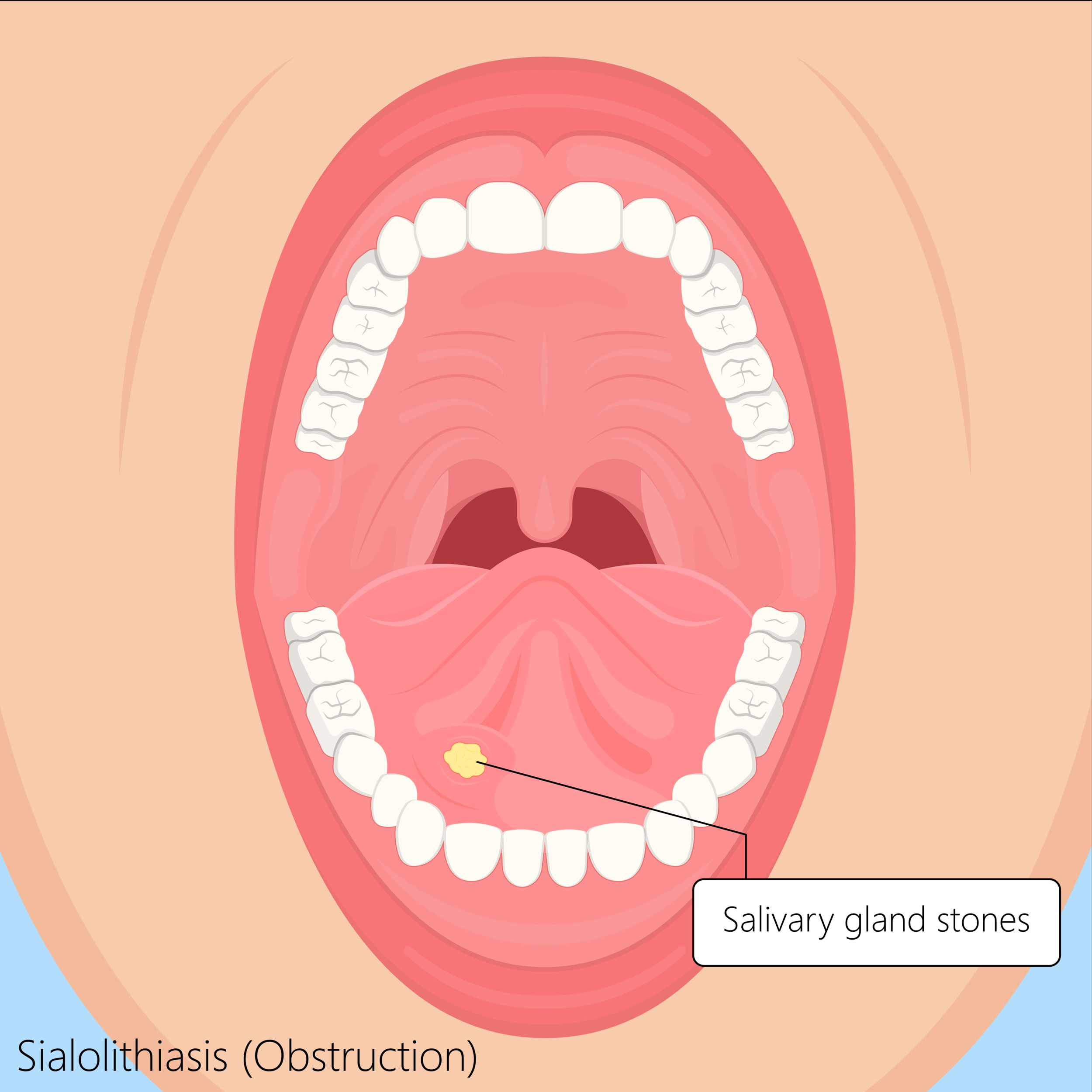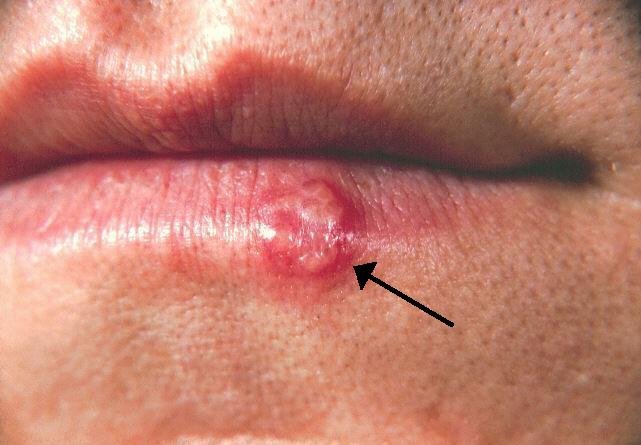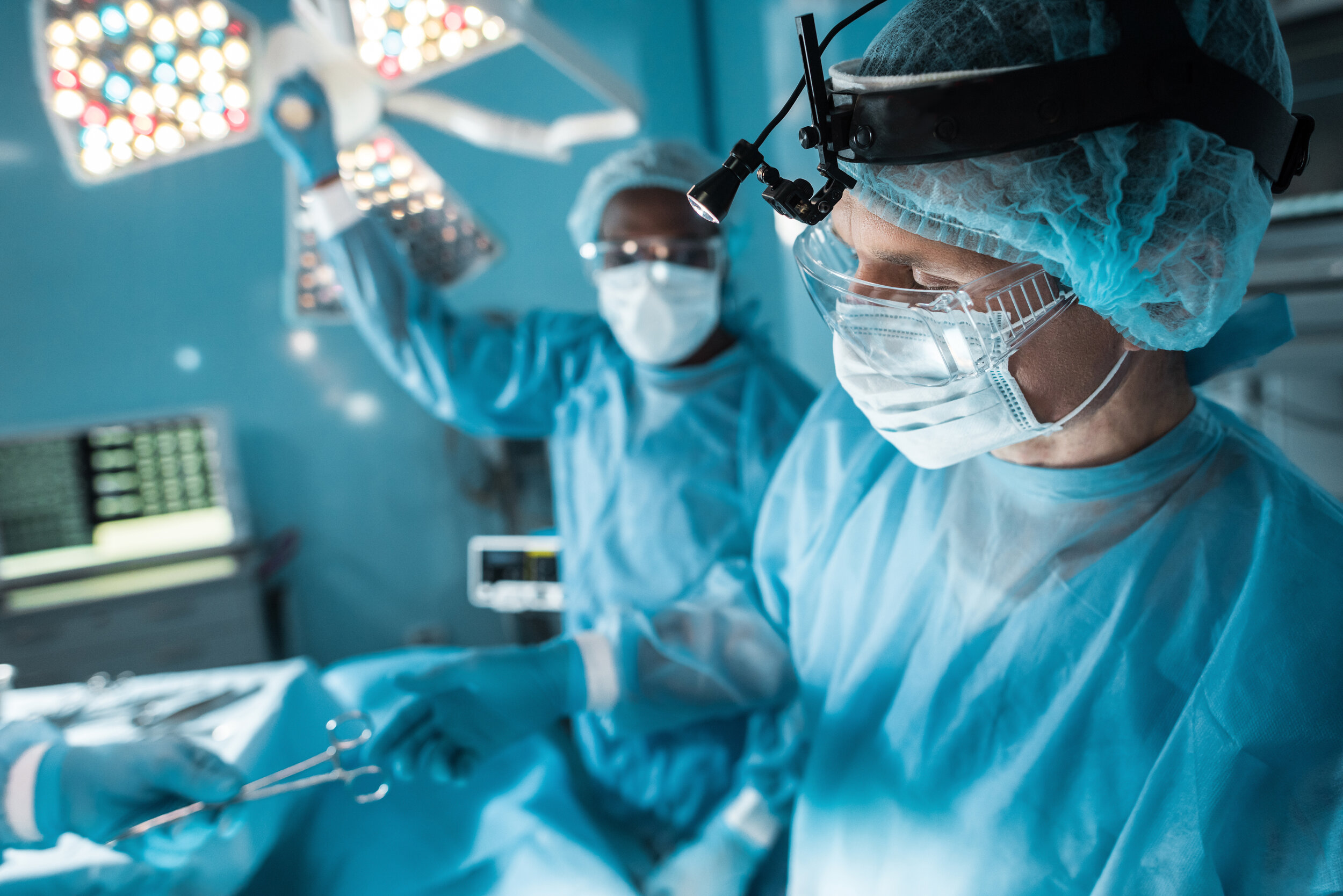Treatments: Oral Cavity and Salivary Glands
For conditions of the oral cavity and salivary glands, medical, surgical, or combination therapy is available, depending on the condition itself. This section will elaborate on some of these treatment options.
Treatment approaches to the oral cavity and salivary glands
Conditions of the oral cavity are diverse and numerous, including those of the teeth, surface (called mucosa), salivary glands, or the nerves or muscles under the surface. Another way to categorize the various problems is according to the main cause, such as infection, tumor or growth, autoimmune, traumatic, neurologic, boney, or muscular. Infections of the oral cavity or salivary glands often respond to non-surgical measures, such as using medicine for bacteria, fungus, or a virus, depending on the type of infection. A “magic mouthwash” may also be used to soothe the mouth or to treat various conditions affecting the oral surface. Dental infections and cavities are common, and best treated by a dentist.
biopsy
Lesions of the oral cavity may be diagnosed by exam alone, but on occasion, a biopsy is needed to send a small sample of the area of concern for microscopic examination. Oral biopsies are done with numbing, usually in the office setting, and have minimal pain afterwards.
tongue tie (short lingual frenulum) release
The band of tissue in midline under the tongue, called the lingual frenulum, can be short enough to restrict tongue movement. When this affects ability to eat or talk, a simple procedure to release this band of tissue frees up tongue movement. Often, the procedure is done to a newborn who is having trouble feeding because of the “tongue tie.” The procedure can be performed in the clinic quickly and safely in babies or adults. Children older than 12 months or so may not allow this procedure to be done in the office; if that is the case, going to the operating room for the procedure is an option. In cases of tongue tie where the child is eating well, but too young to gauge whether the short lingual frenulum will affect speech, some parents will elect to undergo release in clinic to avoid the possibility of needing general anesthetic in the operating room later, should speech appear to be affected.
salivary stone or salivary duct blockage
Stones can form in the salivary gland or the duct passageway going to the mouth. If this causes blockage of the saliva outflow, swelling, pain, and infection can result. One classic feature of a blocked salivary duct is development of swelling and pain within the affected salivary gland when saliva production peaks, which is typically immediately before or toward the beginning of a meal. One or more stones in a salivary duct may be visible on physical exam, but could be located closer to the salivary gland and not apparent on physical exam. In this case, a CT of the neck (without contrast) may help identify a stone or provide a different diagnosis.
Herpes labialis. Public Domain, https://commons.wikimedia.org/w/index.php?curid=8011415
Herpes labialis (cold sore)
Called “cold sores,” a common infection from herpes simplex virus-1 or herpes simplex virus-2, typically produces a tender cluster of blisters, often on the lips, that will develop and then regress over a week or so. These viruses are very common (one or the other affecting 60-95% of the population at some time) and after initial exposure to the virus typically in childhood, the virus is never cleared by the immune system and remains dormant in the nerve initially infected until reactivated at a later time. Some triggers for reactivation include stress, physical trauma, bright light, wind exposure and fatigue. Some oral (pill) medications, such as acyclovir, famciclovir, and valacyclovir may be used to treat an initial attack, prevent recurrent attacks or shorten the duration of a recurrent attack if started promptly after symptoms develop. Topical antiviral medications may help, but this is not well proven. Acetaminophen or a numbing medicine like lidocaine may lessen the pain during the flare-up. Diagnosis is typically made by clinical exam, but when necessary, definitive diagnosis of a herpes virus may be undertaken by blood work or, when necessary, a swab of the lesion itself.
Torus (torus palatini or torus mandibularis)
A torus is a boney growth under the surface of the gums or palate. When located on the palate or upper jaw, it is called torus palatini. When located on the mandible or lower jaw, it is called torus mandibularis. A torus is very firm bone and typically grows so slowly that it is difficult for an individual to be aware of when the growth began. Tori are typically is of no health consequence, but if a large torus interferes with a necessary function, like talking, eating, or wearing dentures, it may be removed surgically.
Surgical excision
Mostly for purposes of treating a tumor, excision of oral tissue is undertaken with maintenance of function trumped only by completion of the resection. Small excisions may be undertaken in the office, as for a papilloma or for a diagnostic biopsy of a minor salivary gland, whereas larger resections are undertaken in the operating room under general anesthesia, and may require reconstruction with a flap of tissue borrowed from another part of the body. Every effort its made to maximize the preservation of the key functions of airway, swallowing, and speech.








